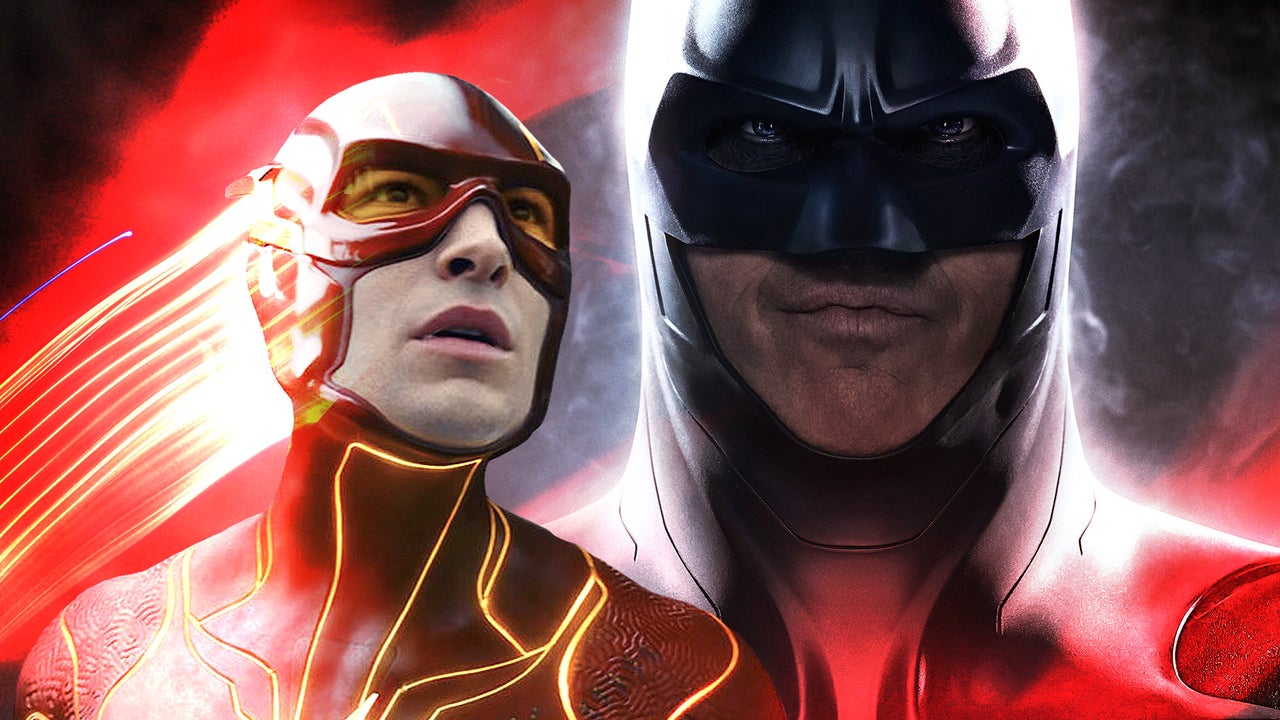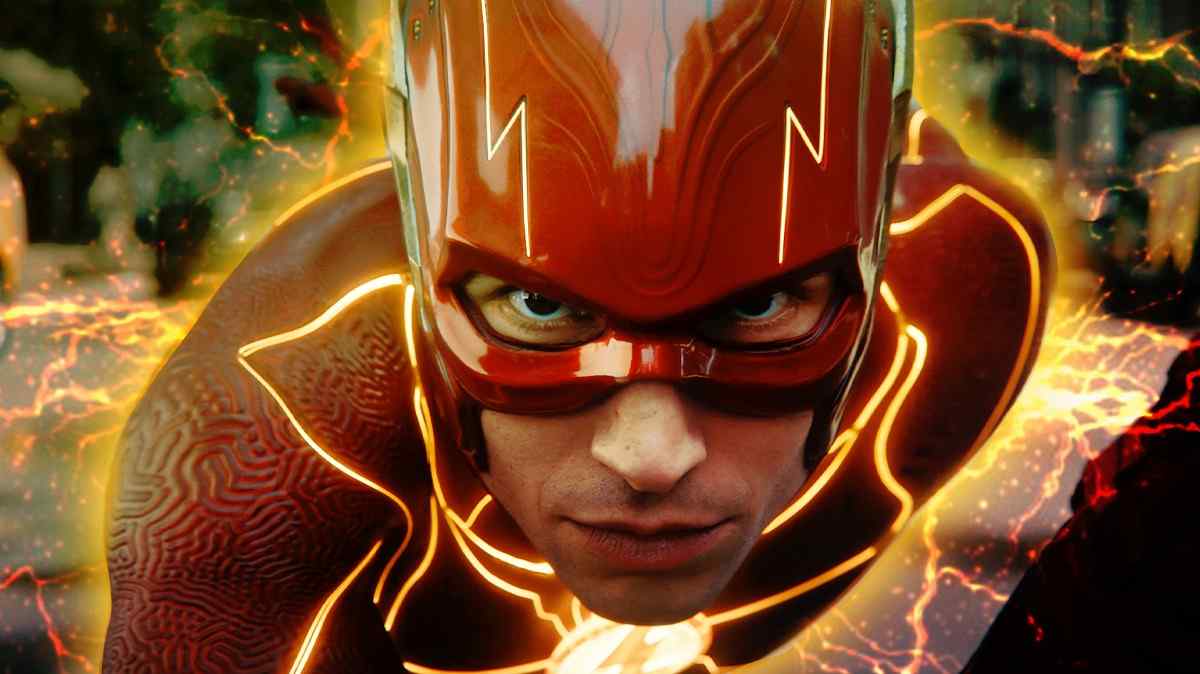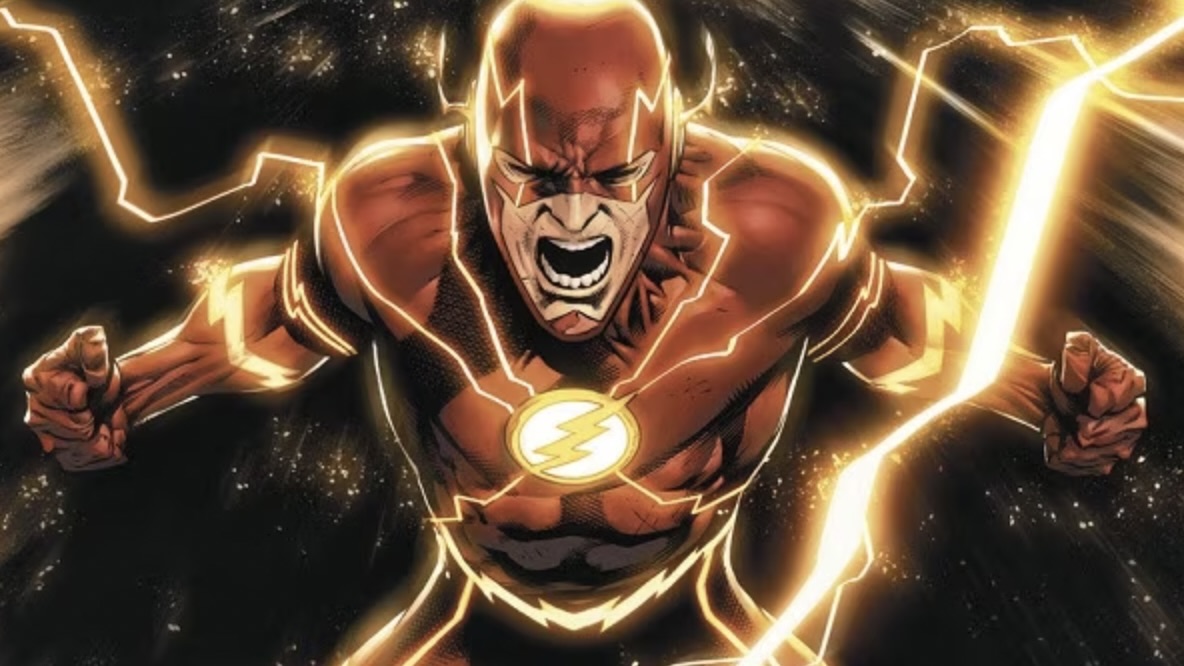Flash Time Travel: Making Sense of It All
If there’s one thing that blockbuster movies and TV series love to explore, it’s time travel. From “Back to the Future” to “Doctor Who,” the concept has always fascinated viewers. And, it’s no different in the world of DC Comics. The Flash is the latest release that tackles the idea of time travel, and as usual, it can get very confusing very quickly. In the following article, we’ll try to help make sense of all the timey-wimey shenanigans that make up the plot of “The Flash” and explain how it all works.
What is Time Travel in The Flash?

The Flash movie explains time travel through Michael Keaton’s Bruce Wayne character, using a bowl of pasta to illustrate its rules. The world as it exists is made up of different strands of time (or noodles of pasta) flowing alongside each other that sometimes cross over or intersect. Some strands flow in and out of one another, making it difficult to determine where one timeline begins and ends. Through time travel, one can alter the timeline, which affects both the past and the future directions of the timeline. This is where The Flash is meddlesome and dangerous.
How Does Time Travel Work in The Flash?

The movie shows that time travel doesn’t have a linear effect on the timeline. A time traveler doesn’t just create a branching timeline when they change a historical event. Instead, their actions reverberate forward and backward across time, causing rippling changes in both directions, past and future. That’s why Barry’s trip back to 2001 caused changes that extend back even further, such as bringing Keaton’s Batman into his world and causing Kara Zor-El rather than Kal-El to crash on Earth. It’s like twisting one noodle in the bowl of pasta and seeing the other noodles shift around it.
What Are Fixed Points In Time?

Fixed points in time are pivotal events that happen the same way in all timelines and can’t be easily changed. Barry becoming the Flash is considered a fixed point. A Kryptonian coming to Earth is another fixed point. Bruce Wayne’s parents being murdered is also a fixed point. Although Barry altered time, these critical events still happened, albeit not precisely in the same way as they did in the original timeline. This concept is similar to the “canon events” in Spider-Man: Across the Spider-Verse, where nearly every version of Spidey was bitten by a radioactive spider and mourns the loss of a loved one like Uncle Ben.
Alternate Timelines vs. Alternate Universes

The multiverse of the DC Comics universe contains a vast array of possible timelines, which each appeared when key moments occurred differently, and a “noodle” divides into two. The comics refer to this collection of timelines and possibilities as Hypertime. In contrast, the DCEU, or DCU, as it’s commonly known, has at least three different timelines where Ben Affleck, Michael Keaton, and George Clooney’s Batman appeared. Despite Aquaman being the same in every timeline, the movie doesn’t explain why there is so much variation in Batman’s appearance. It is suspected that the Waynes’ meeting and marriage played a role.
How does an Alternate Universe work?
The multiverse of the DC Universe is structured differently from alternate timelines. Each version of Earth vibrates at different harmonic frequencies, and they are orderly despite being radically different from one another. Hypertime’s basic rules and series of events limit alternate universes, providing consistency in comic book formats and storylines. As of now, there is no known limit to how different alternate universes can be from one another.
What Is the Purpose of the Multiverse in The Flash?
The multiverse in The Flash movie mostly served as a way to introduce other characters into the fold, including a brief glimpse of Ezra Miller’s version of the character from DC’s Crisis on Infinite Earths event in 2019. The inclusion of characters from different Earths in the multiverse is an excellent way to build future storylines and create connections between different shows and films within the DCEU.
How Does The Flash Integrate with the Arrowverse?
While The Flash movie has no direct connections with the Arrowverse and its related TV shows, it’s a significant part of the multiverse, and fans can expect future crossovers and storylines in the future. In fact, the similarities between the two versions of the character are apparent, with both being super-fast and working with teams of superheroes to save the day.
What is the Significance of Michael Keaton’s Batman in The Flash Movie?
The inclusion of Michael Keaton’s Batman in The Flash movie is a significant nod to the former Batman film franchise. Bruce Wayne is the perfect character to drive home the rules of time travel, and the nostalgia generated by him reappearing after many years is something that fans loved. It’s unclear whether Keaton will return to the role in future DCEU projects, but the excitement and anticipation generated by his cameo are proof of how enduring the character is.
Is The Flash’s Time Travel the Same As In The Comics?
The Flash movie does an excellent job of adapting time travel from the comics, with the inclusion of the multiverse and fixed points in time being faithful to the source material. One thing that sets The Flash movie apart is how it visually conveys the concept of time travel through the use of bright lights and incredible special effects, making it a visual feast for fans of the comics.
What We Can Expect From Future Time Travel in the DCEU?
The Flash’s success has shown that DCEU movies can tackle complex topics like time travel and alternate universes. It’s safe to say that we can expect to see more of these mind-bending concepts in future DC movies such as the upcoming

